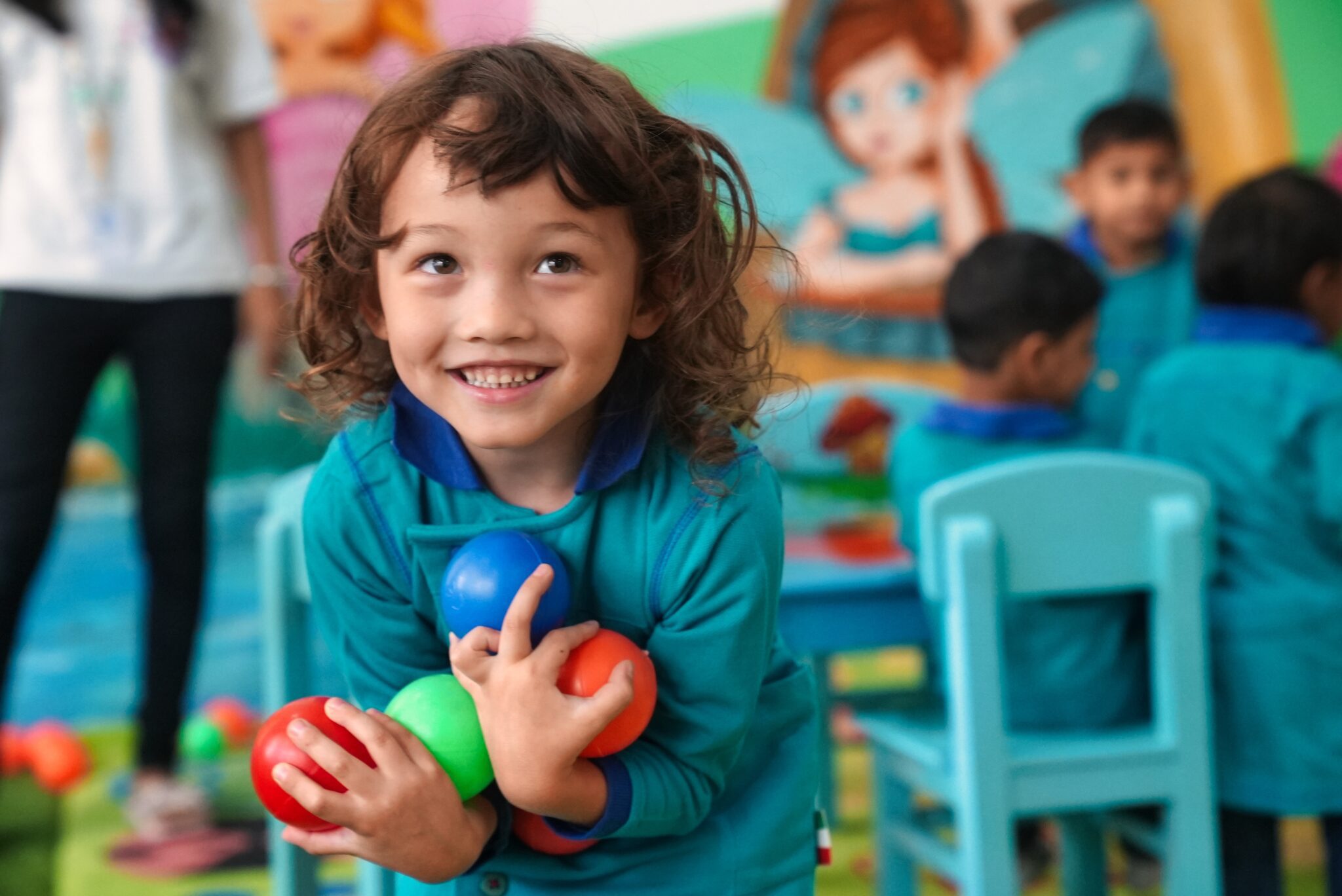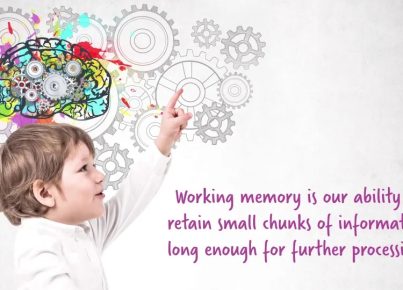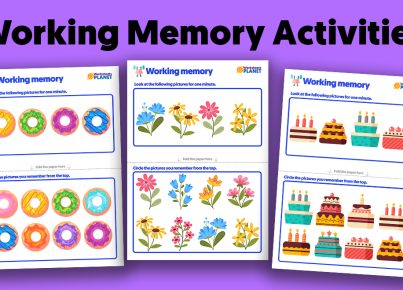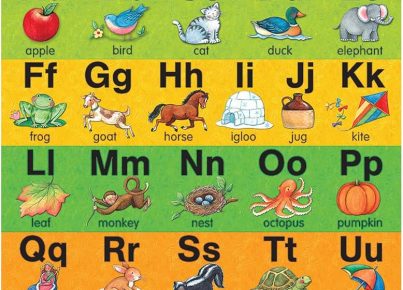Introduction:
Brain-based learning is a pedagogical approach that uses scientific knowledge about how the brain functions to create optimal learning experiences. These activities enhance memory retention, critical thinking skills, and overall cognitive development in students. Here are 20 brain-based learning activities that can make a significant difference in your learners’ abilities.
1. Mind Mapping: Have students create visual diagrams that depict concepts, ideas, or relationships between topics. This exercise activates both hemispheres of the brain while promoting memory retention and problem-solving skills.
2. Visual Learning: Incorporate videos, images, and infographics into your lessons to engage the brain’s strong visual processing capabilities.
3. Storytelling: Encourage students to use narratives to express thoughts and ideas, strengthening creativity and communication skills.
4. Movement Breaks: Give students regular movement breaks throughout the day, stimulating blood flow and increasing attention span.
5. Scaffolding: Break complex tasks into smaller steps, providing structure while fostering cognitive growth.
6. Brain Games: Utilize puzzles, riddles, and brain teasers to build critical thinking skills and mental flexibility.
7. Collaborative Activities: Encourage group work to promote cooperation, communication skills, and problem-solving abilities.
8. Chunking Information: Break down large amounts of information into smaller chunks to facilitate easier understanding and retention.
9. Hands-on Learning: Use tactile experiences to help students explore concepts through touch and movement actively.
10. Reflection Time: Provide opportunities for students to reflect on their learning experiences, consolidating new knowledge and identifying areas for growth.
11. Memory Techniques: Instruct students on mnemonic devices such as acronyms and associations to improve memory recall.
12. Multi-sensory Approach: Engage multiple senses in learning experiences through visual aids, auditory stimuli, movement integration, or even taste references when possible.
13. Real-world Connections: Connect classroom learning to real-world scenarios, making academic concepts more meaningful and relevant.
14. Journaling: Encourage students to maintain a written account of their learning journey, improving self-awareness and enhancing writing skills.
15. Music Integration: Include music in your lessons to facilitate creativity and reduce stress levels, creating an optimal learning environment.
16. Goal Setting: Teach students the importance of setting specific, measurable, attainable, relevant, and time-bound (SMART) goals for their academic pursuits.
17. Debate and Dialogue: Engage students in lively discussions or debates on various topics to strengthen their critical thinking capabilities and active listening skills.
18. Concept Application: Challenge students to apply learned concepts in new situations, supporting transferable skill development and knowledge retention.
19. Self-Assessment: Encourage learners to assess their own progress regularly, fostering a growth mindset and accountability for their education.
20. Emotional Intelligence Activities: Integrate social-emotional learning practices into your lessons, cultivating empathy, self-awareness, and emotional regulation skills.
Conclusion:
Integrating brain-based learning activities into your teaching strategies can have a profound impact on student engagement, motivation, and academic performance. By using these 20 activities tailored to optimize brain function, you can create enriching experiences that foster long-lasting cognitive growth in your learners.





